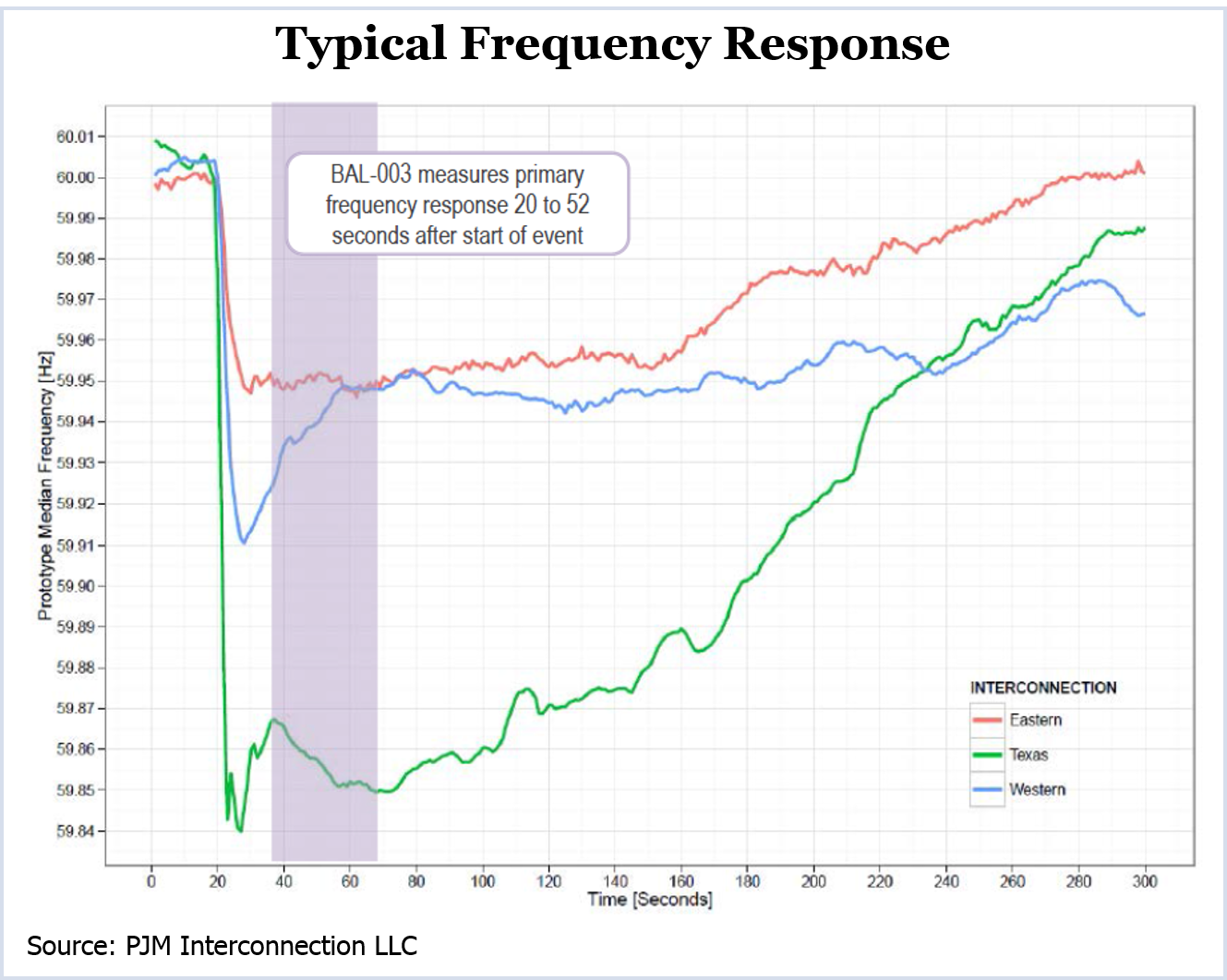PJM is considering identifying transmission operators that are chronically tardy in submitting outage tickets, officials told the Operating Committee last week.
PJM released an analysis that showed transmission operators submitted less than half of their outage tickets on time in the first seven months of 2014. Only 51% of tickets under the one-month rule (outages of five days or less) and 44% of tickets under the six-month rule (outages exceeding five days) were submitted on time. The late outage notifications repeated a pattern seen in 2013.
Many transmission operators were also slow to notify PJM when they cancelled outages. PJM had three days or more notice for only 54% of cancellations. About 42% of the notifications came the day of or one day before the scheduled outage.
PJM shared only aggregate data with the committee, with no individual TOs identified. But Mike Bryson, executive director of system operations, said the identities may be made public in the future to address “habitual” late filers.
Dave Pratzon of GT Power Group noted that NYISO recently began assessing TOs for uplift costs resulting from late outage notifications and cancellations. “Suddenly, performance got a lot better,” Pratzon said.
NYISO spokesman Ken Klapp said the ISO’s day-ahead congestion residual balancing shortfalls are allocated 100% to the transmission owner of the line that is out of service. “From a market design perspective, this approach creates a financial incentive for transmission owners to minimize transmission outages,” he said.
In total, PJM received 11,342 outage notices in the first seven months, a 7% increase over the same period in 2013. About 9% of the outages in 2014 resulted in congestion, PJM’s Lagy Mathew said.
New Frequency Response Rule Requires Improved Performance by Generators

Standard BAL-003, approved by the Federal Energy Regulatory Commission in January, measures primary frequency response 20 to 52 seconds after the start of an event. The rule establishes a minimum frequency response obligation for each balancing authority, provides a uniform calculation of frequency response, establishes frequency bias settings and encourages coordinated automatic generation control (AGC) operation. (See FERC OKs Rules on Geomagnetic Disturbances, Frequency Response.)
In 2013, non-nuclear steam units provided more than 90% of generator frequency response, PJM senior engineer Brad Gordon said during a presentation to the OC. Units scheduled for retirement or considered at risk were responsible for about 20% of generator response. “That’s something we need to address and to monitor,” Gordon said.
Gordon said PJM will be looking more closely at individual generator performance and requesting generators other than nuclear units to set their dead bands to ≤36 MHz with a maximum 5% droop. “We have performance. We’re not sure where it’s coming from,” he said.
PJM to Wait on SPP Decision on Combined-Cycle Model
PJM wants more price certainty before it considers moving ahead with more sophisticated modeling of combined-cycle plants.
Currently, combined-cycle generators must be entered into eMKT as either a combustion turbine or steam unit. Neither option captures these plants’ true capabilities, which can vary greatly based on unit configurations and use of duct burners.
PJM is considering software from Alstom that officials initially thought would cost about $1 million.
Southwest Power Pool has a prototype of the Alstom model in production but balked at moving into full-scale implementation after the projected price tag rose to $7 million, PJM’s Tom Hauske told the OC last week. “That’s significantly more than what we thought this might cost,” Hauske said.
SPP is attempting to conduct a cost-benefit analysis before deciding whether to proceed, Hauske said.
PJM’s Market Monitor told the OC last month that better modeling would allow operators to use combined-cycle units more efficiently but that it had been unable to quantify the benefits with any certainty. (See Combined-Cycle Model’s Cost, Benefit Uncertain.)
Bryson said PJM is waiting to see the results of SPP’s analysis before making a decision. “Right now we’re on at least a short holding pattern,” he said.


